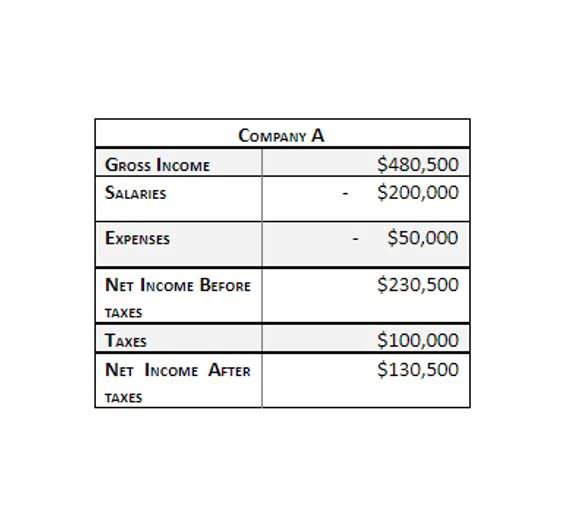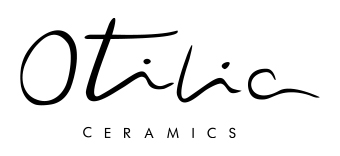Double Declining Balance Method of Deprecitiation Formula, Examples

That QuickBooks Accountant part of the accounting system which contains the balance sheet and income statement accounts used for recording transactions. For example, Accumulated Depreciation is a contra asset account, because its credit balance is contra to the debit balance for an asset account. This is an owner’s equity account and as such you would expect a credit balance. Other examples include (1) the allowance for doubtful accounts, (2) discount on bonds payable, (3) sales returns and allowances, and (4) sales discounts.

Accounts Receivable Solutions
For example, companies may use DDB for their fleet of vehicles or for high-tech manufacturing equipment, reflecting the rapid loss of value in these assets. Typically, accountants switch https://nice138.net/what-are-income-accounts-in-accounting/ from double declining to straight line in the year when the straight line method would depreciate more than double declining. For instance, in the fourth year of our example, you’d depreciate $2,592 using the double declining method, or $3,240 using straight line.

Cash Application Management

In general, the company should allocate the cost of fixed assets based on the benefits that the company receives from them. Hence, the declining balance depreciation is suitable for the fixed assets that provide bigger benefits in the early year. On the other hand, if the fixed asset provides the same or similar benefits each year to the company through its useful life, such as building, the straight-line depreciation will be more suitable in this case. The double-declining balance method accelerates this rate by using twice the straight-line rate. For a 5-year useful life, the straight-line rate is 20%, resulting in a double-declining balance rate of 40%. First, calculate the straight-line depreciation rate by dividing 100% by the asset’s useful life.
Step 1: Calculate the straight line depreciation expense
Double declining balance depreciation is an accelerated depreciation method that charges twice the rate of straight-line deprecation on the asset’s carrying value at the start of each accounting period. The Double Declining Balance Method (DDB) is a form of accelerated depreciation in which the annual depreciation expense is greater during the earlier stages of the fixed asset’s useful life. The declining balance method is one of the two accelerated depreciation methods and it uses a depreciation rate that is some multiple of the straight-line method rate. The double-declining balance (DDB) method is a type of declining balance method that uses double the normal depreciation rate.
- The declining asset’s net book value shows how much of its cost has been expensed through depreciation.
- First, determine the straight-line rate (1 divided by useful life; e.g., 1/5 for five years yields 20%).
- The contra asset account Accumulated Depreciation is related to a constructed asset(s), and the contra asset account Accumulated Depletion is related to natural resources.
- The book value of an asset is the amount of cost in its asset account less the accumulated depreciation applicable to the asset.
- Determine the straight-line depreciation rate (100% divided by the asset’s useful life).
- The beginning book value is multiplied by the doubled rate that was calculated above.
Then, calculate the straight-line depreciation rate and double it to find the DDB rate. Multiply this rate by the asset’s book value at the beginning of each year to find that year’s depreciation expense. Switching from the double declining balance method to the straight-line method is another common scenario. Businesses often switch when straight-line depreciation for the remaining book value exceeds the DDB method’s calculated depreciation. This transition double declining balance depreciation maximizes the depreciation deduction over the asset’s remaining life.

Step four
Here’s a step-by-step explanation of how it works, along with practical examples. The double declining balance (DDB) method addresses this issue by focusing on accelerated depreciation. It ensures expenses are matched with the asset’s actual use, providing a more accurate financial picture, especially for assets that depreciate quickly.
The following section explains the step-by-step process for calculating the depreciation expense in the first year, mid-years, and the asset’s final year. This is because, unlike the straight-line method, the depreciation expense under the double-declining method is not charged evenly over the asset’s useful life. In year 5, companies often switch to straight-line depreciation and debit Depreciation Expense and credit Accumulated Depreciation for $6,827 ($40,960/6 years) in each of the six remaining years.

Dejar un comentario
¿Quieres unirte a la conversación?Siéntete libre de contribuir!